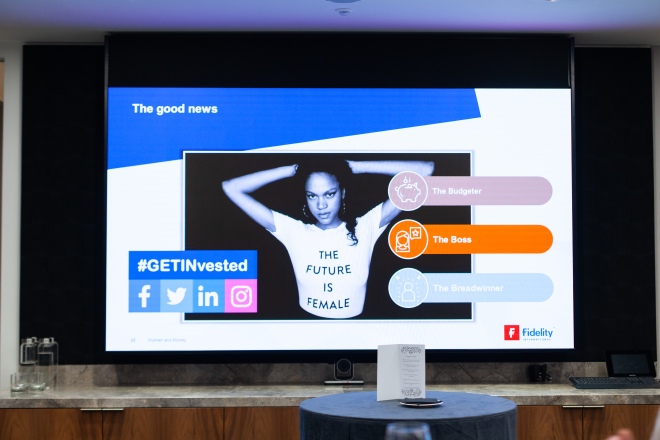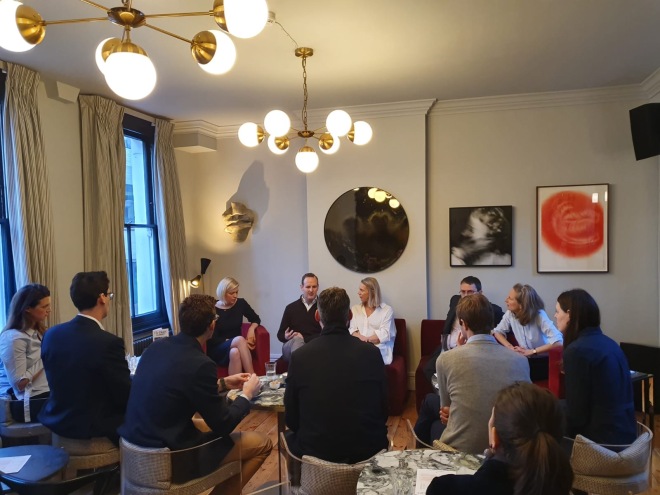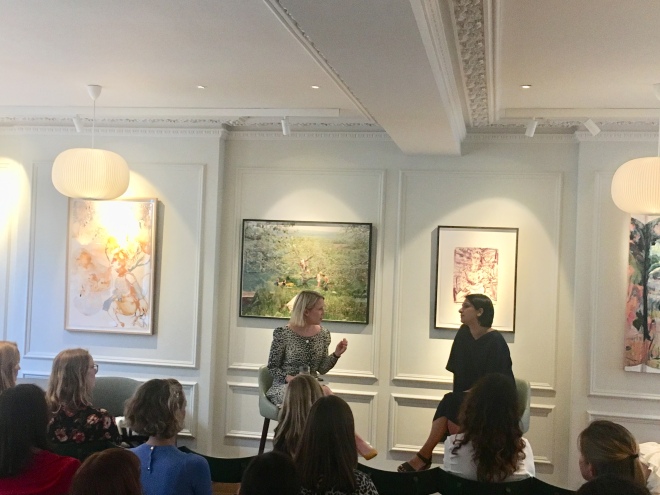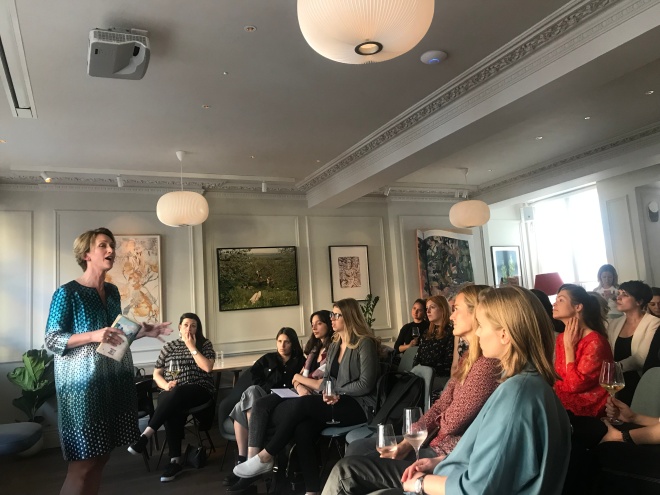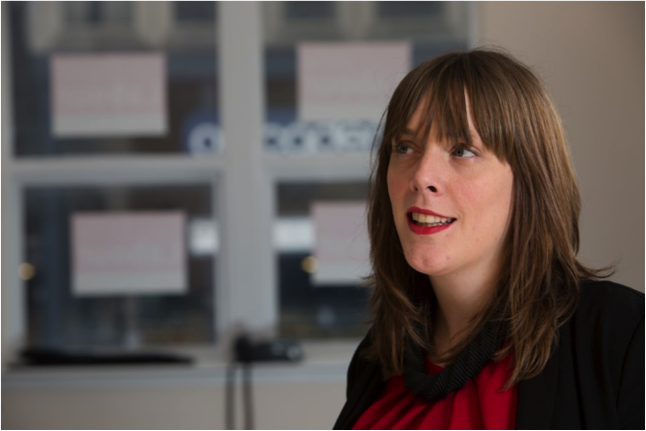
Over 100 attendees joined our webinar with Jess Phillips, hosted by Hannah MacInnes. We raised a total of £2260 for Women’s Aid. Jess was on fire, sharing many an anecdote and insight on her path to politics and life in Westminster.
We’re sure you’ll agree that Jess and Hannah’s discussion was in turns hilarious, moving and immensely thought-provoking. It certainly gave us all a lot to think about. As promised, here is a link to a recording of the conversation and our key takeaways are noted below:
- Public emotion can be very powerful and we must use this to enact change – a positive side-effect of the hardship of lockdown has been that who we respect in society has flipped – there is finally an appreciation for migrant workers in the NHS. There is also a huge amount of public good will and hope – Marcus Rashford’s campaign on free school meals would have been unimaginable at any other time.
- The feminisation of politics is a great thing – we could learn a lot from Jacinda Arden who set up a body to scrutinise her response to COVID-19 and appointed the leader of the opposition to head it. This kind of collaborative (as opposed to combative) politics is rare in Westminster, which can at times feel like hierarchical power-play designed by men.
- Make your point of difference be the thing that drives you forward – if you are in a minority in your workplace “sweat your assets”. For example, in a male-dominated world, the reality is that women are going to have something interesting and different to say. Too often women will over prepare and doubt themselves but remind yourself that you almost certainly know more about the issue than you give yourself credit for. Your voice is important and deserves to be heard. Don’t be afraid to be different and to stand out.
- Don’t do it on your own – you have to create a team of people and a sense of community. Surround yourself with people who are being supportive and who will tell you when you’re doing too much. We need to put more worth into what women do for each other. The way that women prop up other women is an amazing untapped resource that people don’t realise the power of.
- We can all do the little bit that we can – sometimes the amount that needs changing can feel overwhelming. Lots of people feel that progress is impossible but that’s what they want you to think. Things will get better. You should be much more scared of giving up than of carrying on. Do the small amount that you can.
- There is great power in gathering as a collective and, you never know, you might find yourself being the person who leads a thing. But even if you are not in charge, you still have an important role to play. When you offer to help, expect a task and accept it gracefully!
- We both want and need men to want equality – if men wanted this change it would happen because they have all the power; to exclude men from the conversation is foolish.
- Change from within is the only way to do it – you’ve got to be in it to win it and you can’t let people distract you by trying to persuade you that you’re part of the problem just because you’re trying to change a system from within.
- We don’t live in a meritocracy – many would have us believe that we do, but we need to recognise that there aren’t enough black judges in our courts and there aren’t enough women in senior positions. Without quotas it will not change.
- And finally, just say yes to Jess at the start – agree to her demands because she won’t give up until you do!

